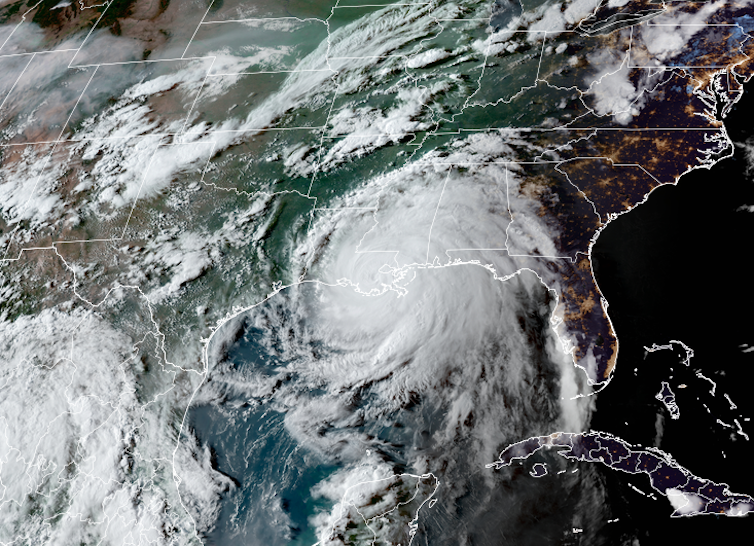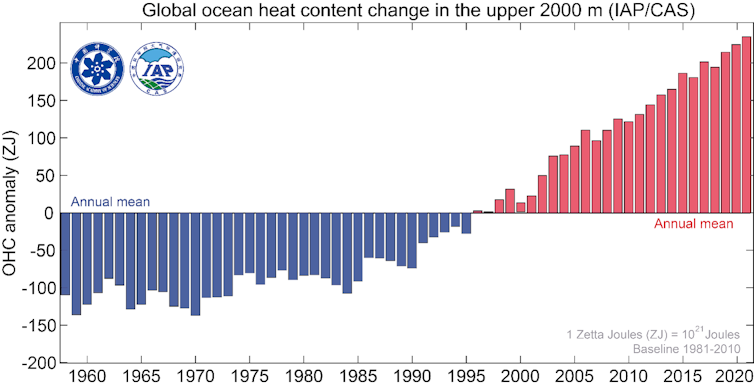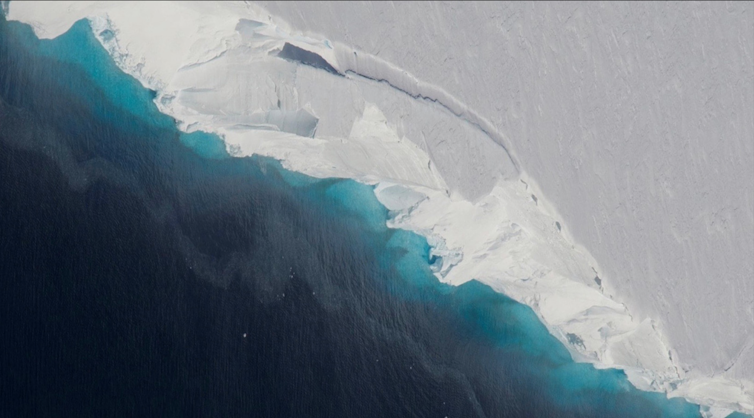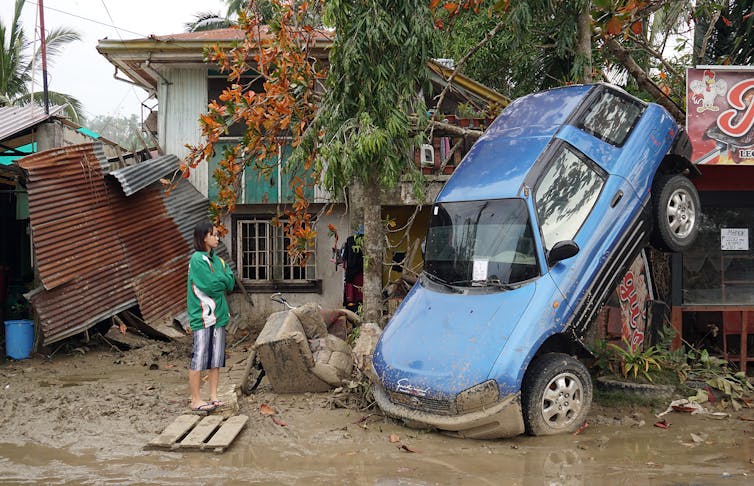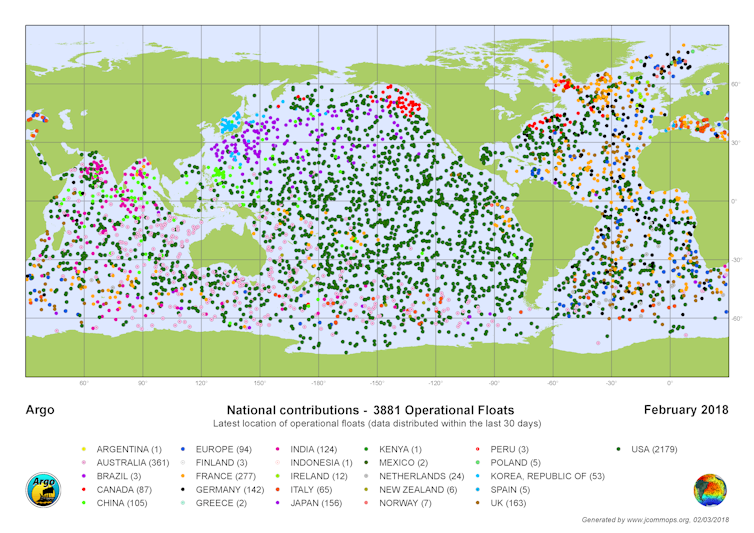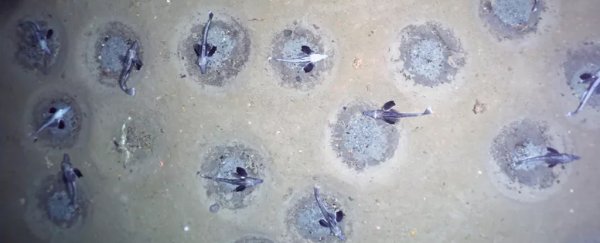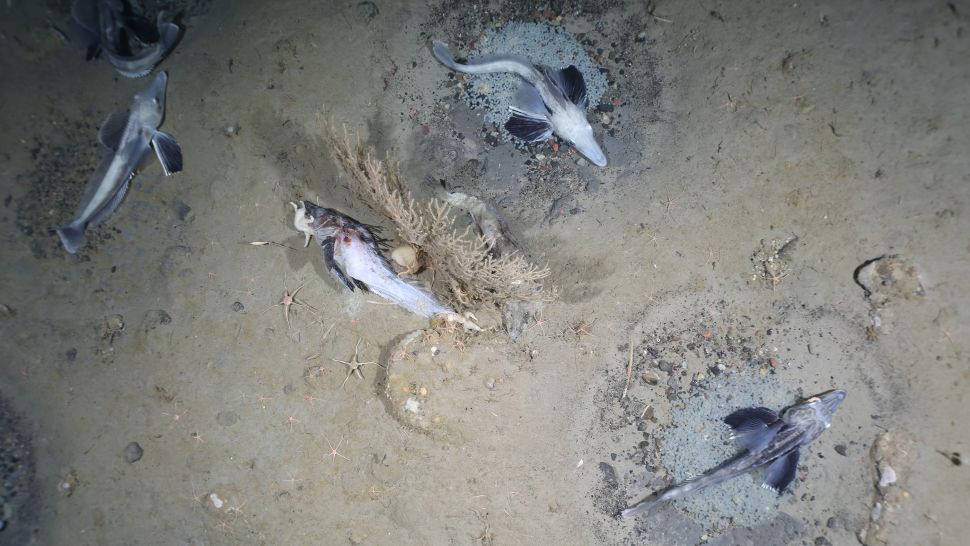
SUSTAINABILITY
An Australian startup is scaling-up reforestation by using AI-powered analysis, drones, and custom-designed seed pods
Spotted: According to the United Nations Intergovernmental Panel on Climate Change, “The world has 10 years remaining to prevent a massive and destabilising climate change through combined rapid phase-out of fossil fuels, reforestation, and other natural climate solutions.” At the moment, deforestation causes a loss of 1.35 million tonnes of carbon sequestration each year. Australian startup AirSeed Technology is hoping to reverse this using AI and an army of seed-firing drones.
AirSeed’s tech uses specially-designed seed pods which can be fired into the ground from the drones. The seed pods are manufactured using waste biomass, which provides a nutrient-rich coating that protects the seeds and provides materials for boosting seed growth. The drones fly autonomously and can each plant more than 40,000 seed pods a day.
Before the airborne planting, AirSeed maps the terrain in order to identify site specific plant species and create an optimum planting pattern. Soil samples are analysed in order to develop a seed pod which contains all nutrients needed for that specific area. The data collected during the mapping is used to prepare flight plans and to set predefined GPS coordinates for dropping the seeds. On command, the drones fly autonomously along a pre-programmed route, resulting in a process that is 25 times faster and 80 per cent cheaper than manual planting methods.
The company also conducts post planting surveys to detect change over time, count tree canopies and calculate biomass. This helps to accurately monitor and report growth rates. Andrew Walker, CEO and co-founder of AirSeed Technologies, believes the system could be a game-changer in reforestation. “We’re being very mindful of the fact that we need to restore soil health, we need to restore microbial communities within the soil, and we need to restore primary habitat providers for animals.”
AirSeed is not the only company working on seed dropping technology. Dendra Systems is working on a similar system. Springwise has also covered a number of companies working on other innovative methods for reforestation. These include a start-up working to develop repeatable ways to scale and accelerate the successful planting and nurturing of trees and a venture studio leveraging technology and data to support reforestation projects.
Written By: Lisa Magloff
14th January 2022
Website: airseedtech.com

